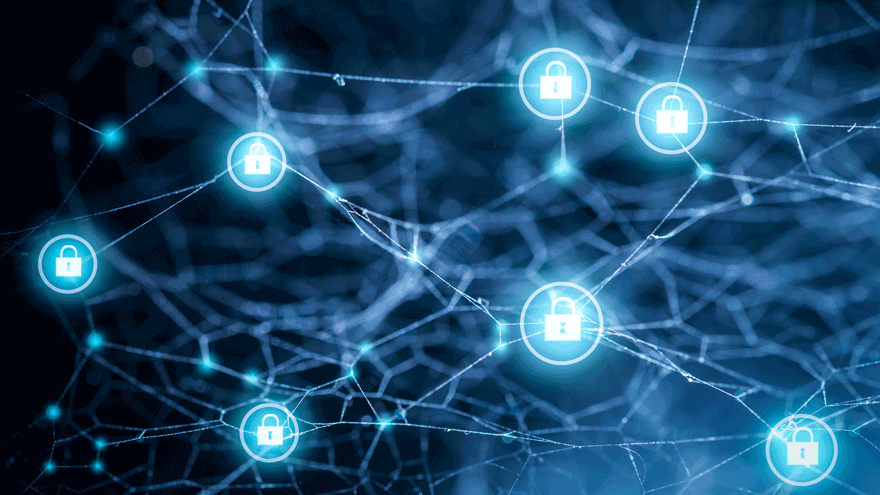
In today’s rapidly evolving digital landscape, organizations confront a formidable array of cyber threats, with attacks and data breaches becoming increasingly prevalent. As businesses embrace transformative technologies such as AI, automation, cloud-native architectures, microservices and containerization, the proliferation of machine identities has surged, often surpassing human identities. CyberArk research underscores this exponential growth of machine identities, highlighting the critical need for robust secrets management best practices to safeguard machine identities. However, navigating the landscape of secrets management can be daunting, and missteps in selecting the right approach can leave organizations vulnerable to attacks.
In this blog post, we’ll delve into two fundamental secrets management approaches – dynamic secrets and secrets rotation – providing clarity on their distinct roles and guiding you in selecting the optimal solution for your organization’s unique needs that will help mitigate risk effectively.
Dynamic Secrets: Enhance Security in Agile Environments
Similar to secrets rotation, dynamic secrets play a crucial role in minimizing the attack surface and mitigating the exposure of sensitive information. Operating on the principle of on demand or just-in-time (JIT) credential generation, dynamic secrets are ephemeral and short-lived, with a predetermined time to live (TTL). Once this TTL expires, the credential is rendered invalid, bolstering security in ephemeral cloud-native environments or microservices architectures where service consumers are transient.
However, while dynamic secrets offer significant advantages in dynamic environments, they may not be ideal for auditing account activity over an extended period. This is because the ephemeral nature of dynamic secrets can result in varying user account names, complicating audit trails.
Moreover, one common pitfall organizations encounter is setting a long TTL or perpetually renewing the same dynamic secret. This practice essentially transforms the dynamic secret into a static one, as it isn’t changed frequently enough. Consequently, the risk of a leak or unauthorized access increases substantially. This is a prime example of trying to fit the wrong solution into a use case.
Secrets Rotation: Audibility and Compliance for Persistent Accounts
Rotated secrets, a cornerstone of robust security practices, are subject to regular replacement at scheduled intervals. This proactive approach to secrets management isn’t just a best practice; it’s often a regulatory requirement enforced by stringent standards such as PCI DSS, which mandates rotation cycles of up to 90 days.
A key between rotated and dynamic secrets is that only the secret information is changed during the rotation process, while the account name or identifier remains consistent. This characteristic makes rotated secrets particularly well-suited for long-standing access or accounts expected to persist beyond the lifespan of individual secrets.
While the principles of rotation are simple, the successful implementation of secrets rotation demands a sophisticated solution that can automate and orchestrate the process with precision and reliability. By using automation and advanced rotation capabilities, organizations can uphold security standards, mitigate risks and safeguard their sensitive information effectively.
Building a Flexible and Comprehensive Secrets Management Strategy
Both dynamic secrets and secrets rotation serve distinct purposes within a comprehensive secrets management strategy, and each has unique benefits for specific use cases and environments.
Here’s how organizations should employ each approach:
- Dynamic Secrets should be used in ephemeral environments where temporary access is needed and the time to live is less than when a secret should be rotated. For example, less than 90 days if you follow the PCI DSS standard.
- Secrets Rotation is ideal for auditing and tracking access for persistent accounts or when the account needs to live longer than the amount of time when a secret needs to be changed.
Organizations can effectively address a broader range of security requirements and operational challenges by incorporating both dynamic secrets and secret rotation into their secrets management practices. Dynamic secrets cater to the dynamic nature of modern IT environments, while secrets rotation strengthens long-term security and compliance adherence. Together, they form a robust and comprehensive approach to safeguarding sensitive information and mitigating security risks effectively. Benefits include:
- Improved operational efficiency. Allows you to automate the creation, distribution and revocation of secrets while reducing the manual effort and human error involved in secrets management.
- Enhanced auditability and visibility. Enables you to track and monitor the usage and lifecycle of secrets and identify abnormal or malicious behavior.
Increased scalability and flexibility. Equips you to support different types of secrets and environments, so your organization can adapt to changing business and security needs.
Maximizing Security with Dynamic Secrets and Rotation
Dynamic secrets and secrets rotation are essential components of a comprehensive secrets management strategy. By understanding their distinct roles and applying them appropriately, organizations can enhance their security posture, mitigate risks and effectively secure their sensitive information against the ever-changing threat landscape.
A SaaS-based secrets management solution empowers organizations with the flexibility required to establish a comprehensive secrets management strategy.
To learn more, check out this on demand webinar, where we explore the principles of identity security and discuss the use cases behind dynamic secrets and rotation.
John Walsh is a senior product marketing manager at CyberArk.























